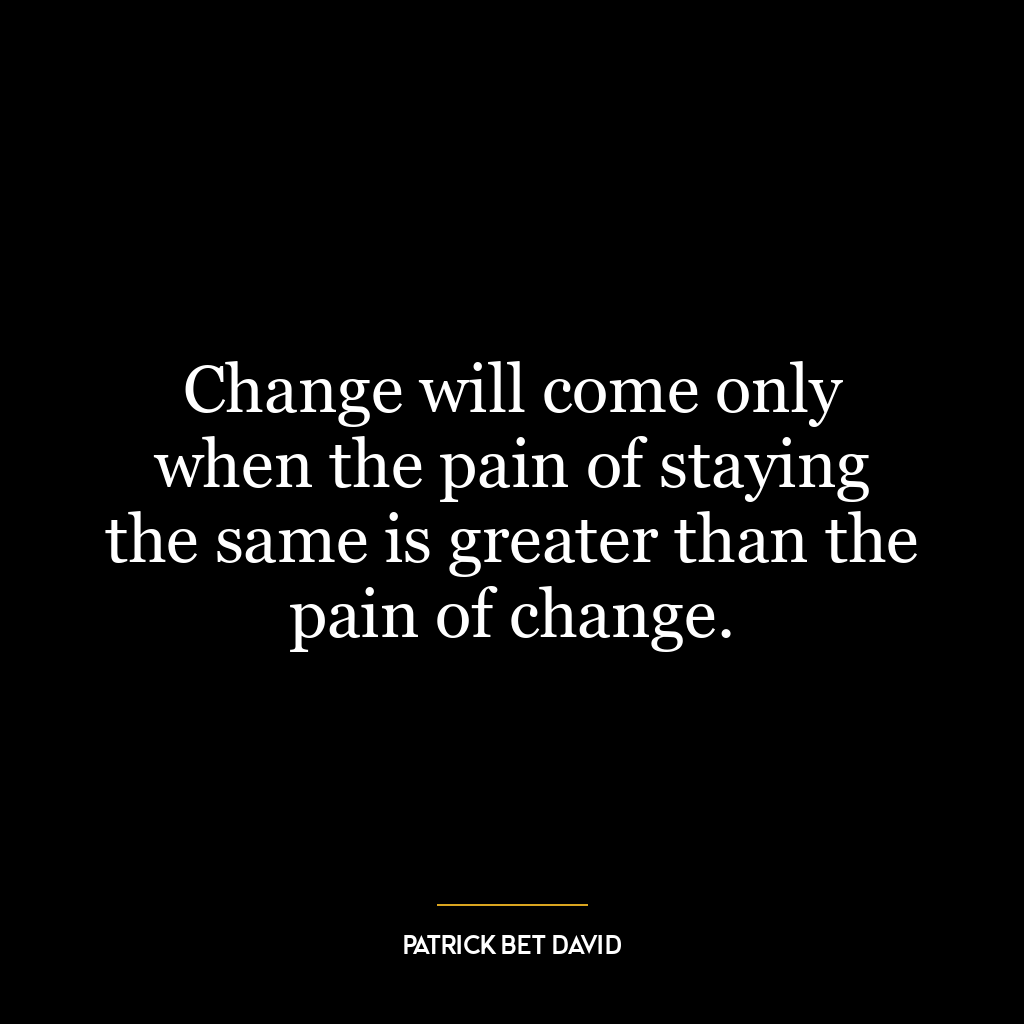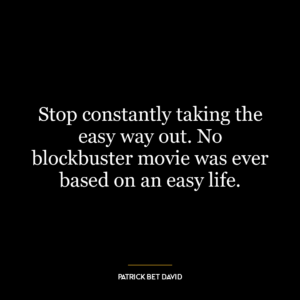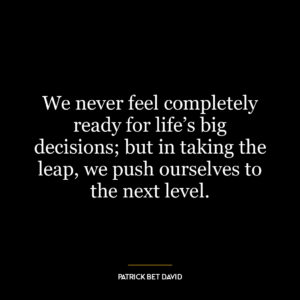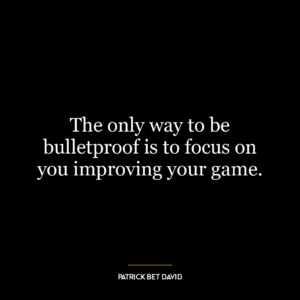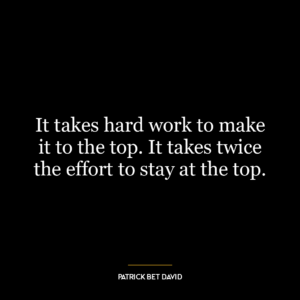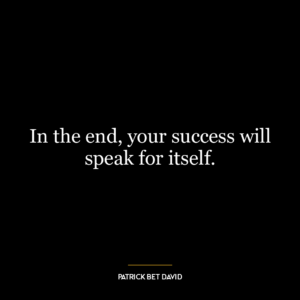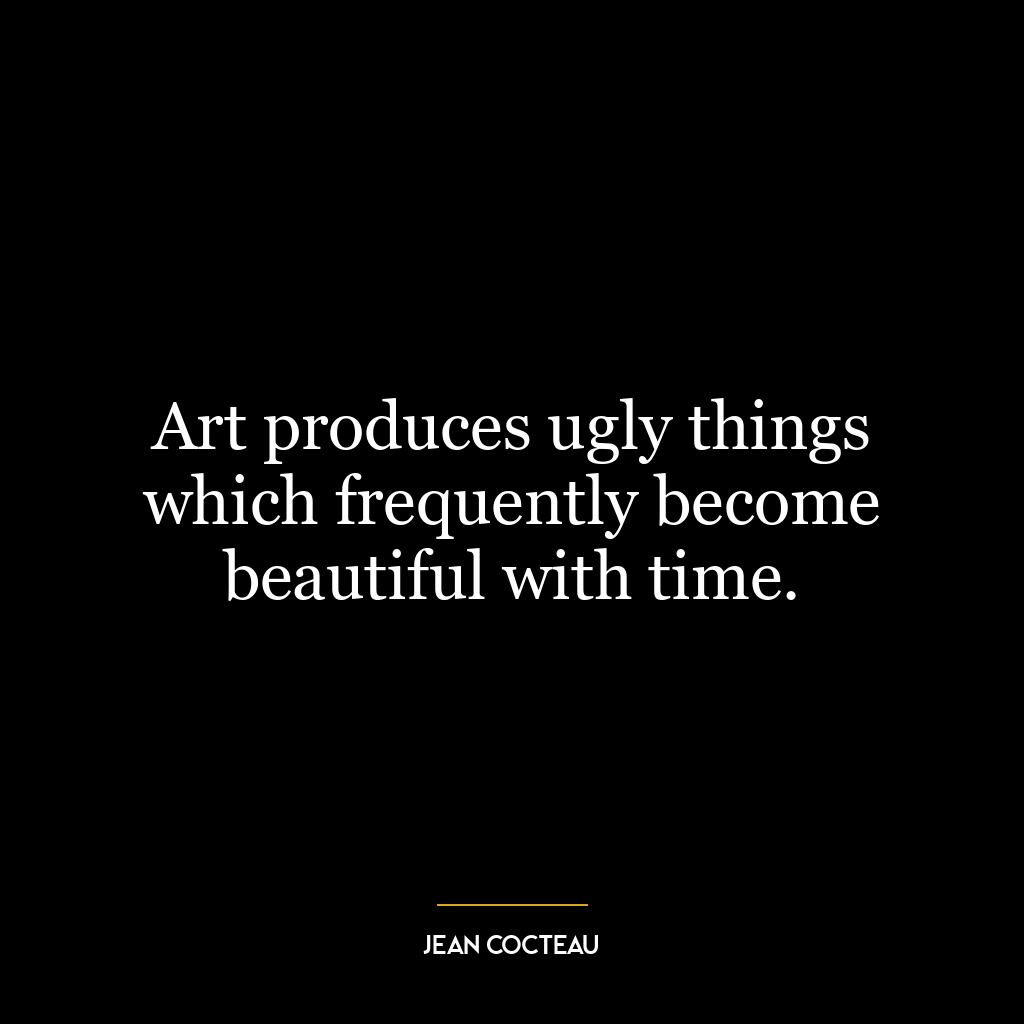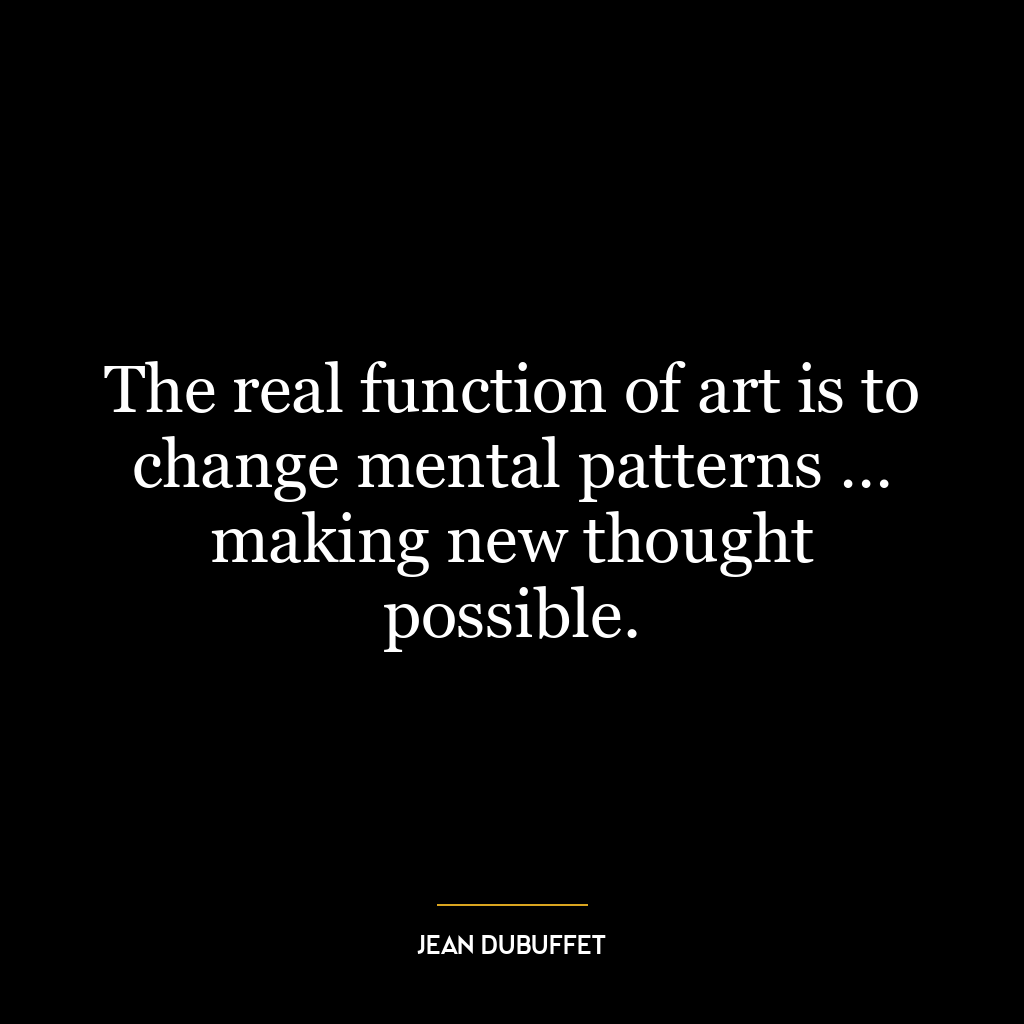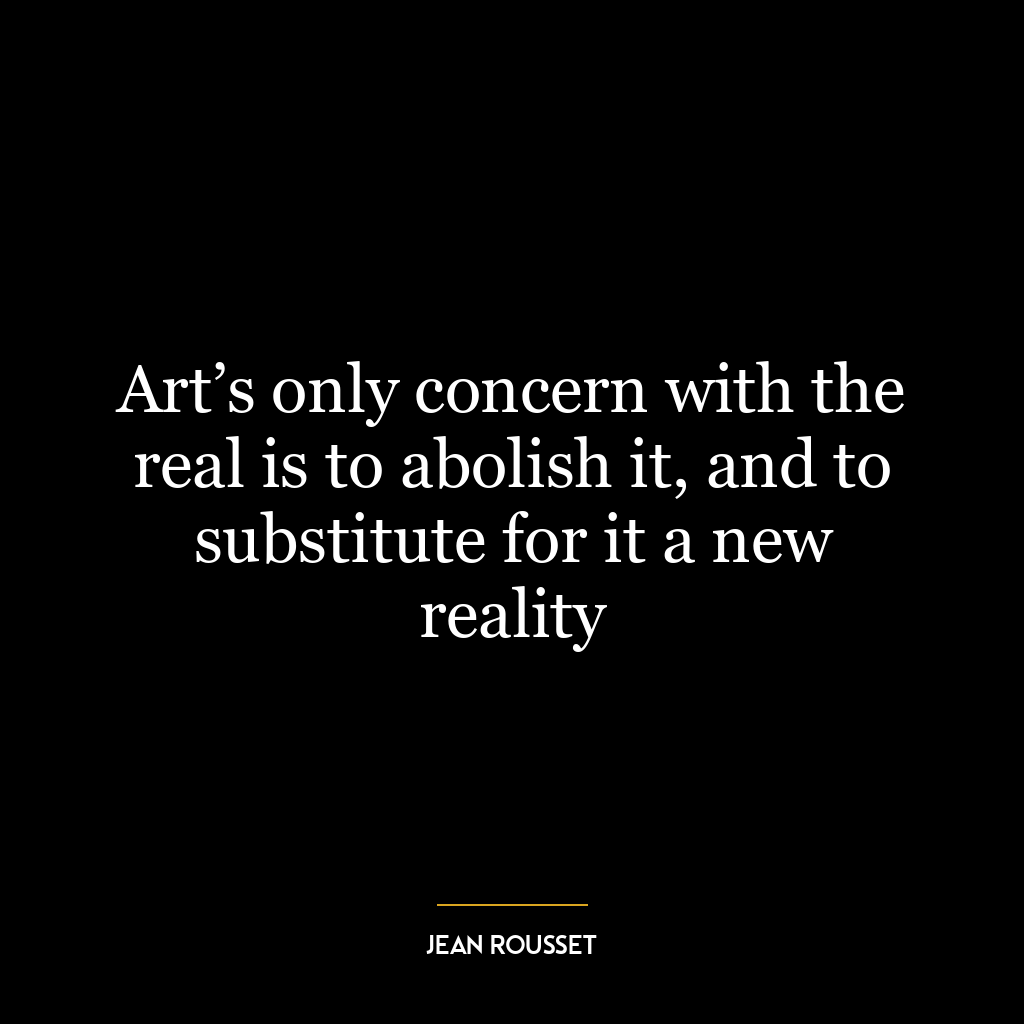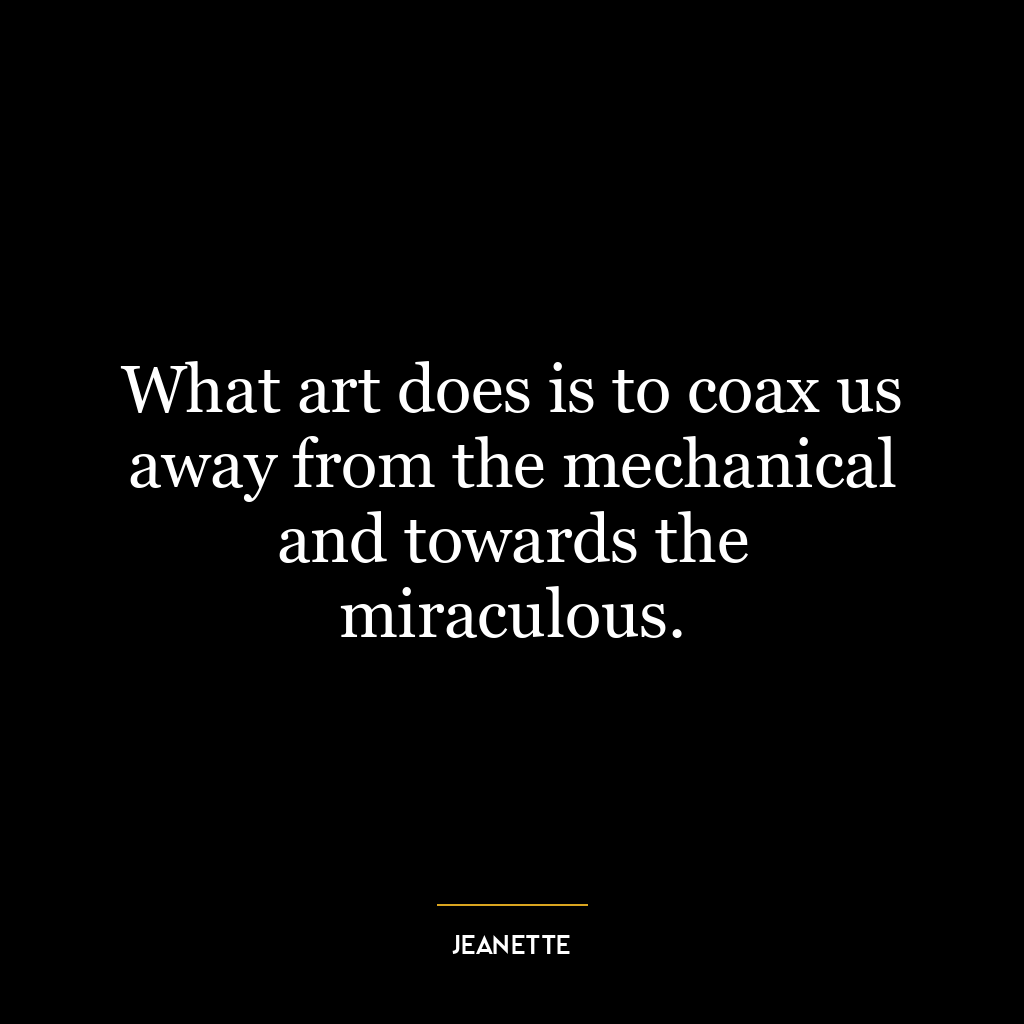Change will come only when the pain of staying the same is greater than the pain of change.
This quote essentially means that change, whether personal, societal, or organizational, only occurs when the discomfort or dissatisfaction from the current situation surpasses the fear or discomfort associated with making a change. The ‘pain of staying the same’ refers to the ongoing issues, problems, or dissatisfaction that one experiences in their current situation, while the ‘pain of change’ refers to the fear, uncertainty, or discomfort that comes with altering the status quo.
The concept of pain in both instances is metaphorical and can encompass a wide range of negative emotions or experiences. The ‘pain’ of staying the same could include feelings of restlessness, frustration, or unhappiness, while the ‘pain’ of change could encompass fear of the unknown, risk of failure, or the effort required to make a change.
In the context of personal development, this quote can be seen as a motivator for self-improvement. It suggests that individuals are more likely to make changes to their behavior, habits, or lifestyle when they become sufficiently dissatisfied with their current circumstances. This dissatisfaction acts as a catalyst, pushing individuals to overcome their fear of change and take steps towards improvement.
In today’s world, this idea is particularly relevant. As societies, we are facing numerous challenges – climate change, social inequality, political polarization, and more. The ‘pain’ of these issues is becoming increasingly apparent, and in many cases, it is becoming clear that the ‘pain’ of not changing – of allowing these issues to persist – is greater than the discomfort that might come with implementing solutions. As such, this quote can be seen as a call to action, encouraging individuals and societies to embrace change in the face of mounting challenges.

